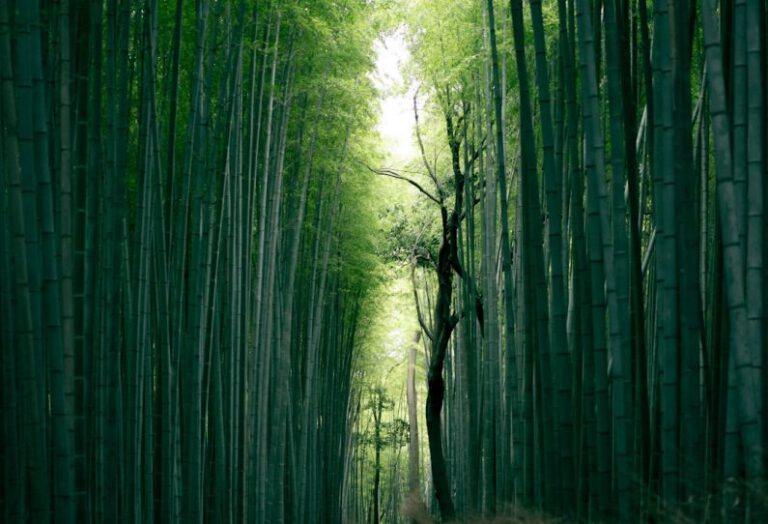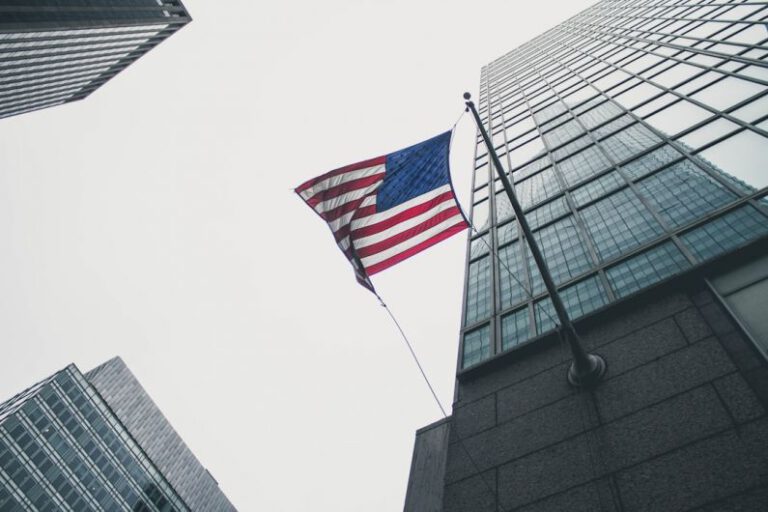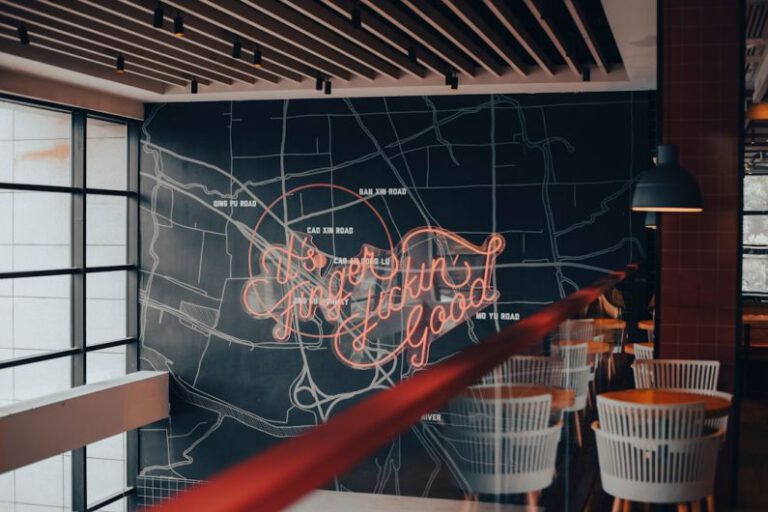Hunger for Height: the Evolution of Skyscrapers from Empire State to Jeddah Tower
In the realm of architecture, skyscrapers stand as towering testaments to human ingenuity and ambition. From the iconic Empire State Building in New York City to the futuristic Jeddah Tower in Saudi Arabia, these structures have continually pushed the boundaries of what is possible in vertical construction. The evolution of skyscrapers over the years reflects not only advancements in engineering and technology but also the changing aspirations and priorities of societies around the world.
The Rise of the Skyscraper: A Symbol of Progress
Skyscrapers first emerged in the late 19th century, driven by the need to accommodate growing urban populations on limited land space. The advent of steel-frame construction techniques revolutionized building design, allowing architects to construct taller and more structurally sound buildings than ever before. The early skyscrapers, such as the Flatiron Building in New York City, served as symbols of progress and modernity, showcasing the technological prowess of their era.
The Golden Age of Skyscrapers: Art Deco and the Empire State Building
The 1920s and 1930s marked the golden age of skyscraper construction, with the Art Deco movement influencing the design of many iconic buildings. One of the most renowned examples of this era is the Empire State Building, completed in 1931. Standing at 1,454 feet tall, this masterpiece of Art Deco architecture held the title of the world’s tallest building for nearly 40 years. Its sleek lines, setbacks, and iconic spire captured the imagination of people around the globe, solidifying its status as a symbol of American innovation and ambition.
Pushing the Limits: The Race for Height
As technology continued to advance, architects and engineers sought to push the limits of skyscraper design even further. The race for height became a defining characteristic of the 20th and 21st centuries, with each new super-tall building striving to surpass its predecessors. The Petronas Towers in Kuala Lumpur, the Taipei 101 in Taiwan, and the Burj Khalifa in Dubai all held the title of the world’s tallest building at various points, each one a testament to human determination and creativity.
The Jeddah Tower: Reaching for the Sky
The Jeddah Tower, currently under construction in Saudi Arabia, represents the latest chapter in the evolution of skyscrapers. Designed to stand at over 3,280 feet tall upon completion, this megastructure will surpass the Burj Khalifa as the tallest building in the world. The tower’s sleek, spiraling design and innovative construction techniques exemplify the cutting edge of modern architecture. Beyond its sheer height, the Jeddah Tower also incorporates sustainability features and advanced technology to ensure its long-term viability in an ever-changing world.
Looking to the Future: Sustainable Skyscrapers and Vertical Cities
As urban populations continue to grow and land becomes increasingly scarce, the need for sustainable skyscraper design becomes more pressing. Architects and engineers are exploring new ways to make tall buildings more energy-efficient, resilient to climate change, and conducive to healthy living. Concepts such as vertical gardens, green roofs, and mixed-use developments are reshaping the way we think about skyscrapers, envisioning them not just as symbols of height but as integral components of sustainable, livable cities.
In a world where the sky is the limit, skyscrapers stand as beacons of human achievement and innovation. From the historic Empire State Building to the groundbreaking Jeddah Tower, these structures continue to captivate our imaginations and inspire us to reach ever higher. As we look to the future, the evolution of skyscrapers will undoubtedly reflect our changing values and aspirations, shaping the skylines of tomorrow in ways we can only begin to imagine.






